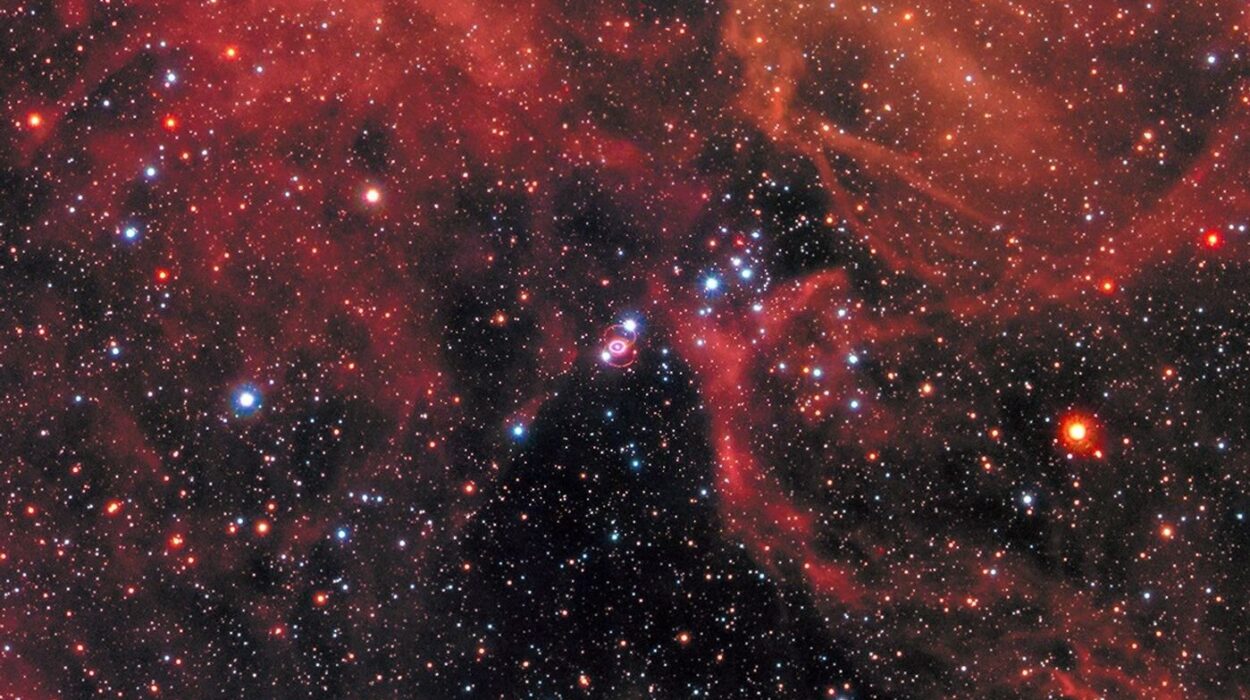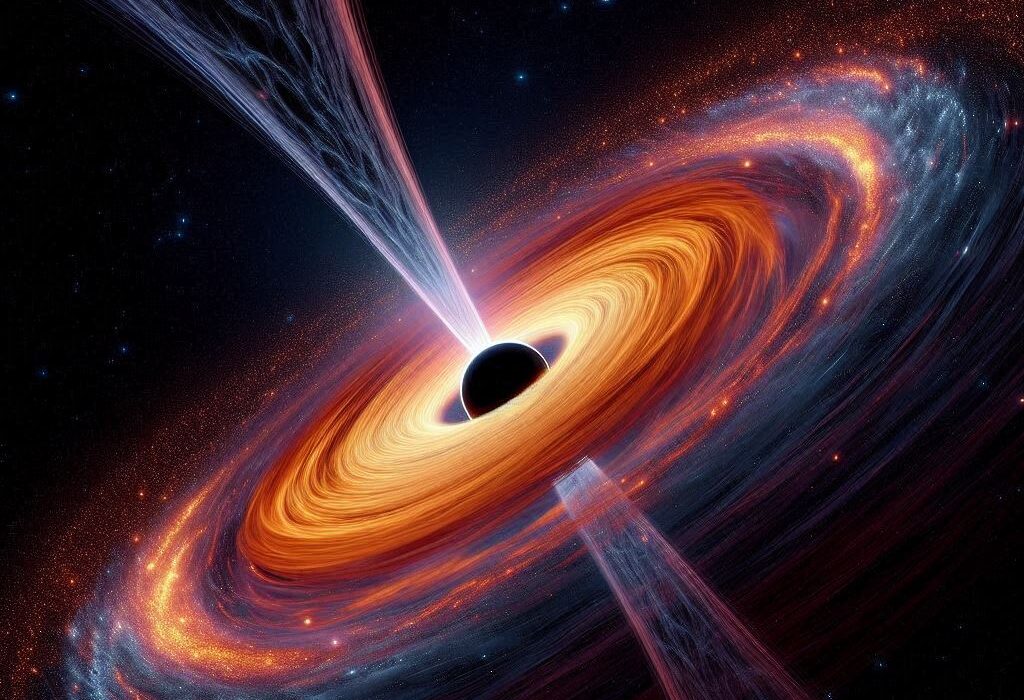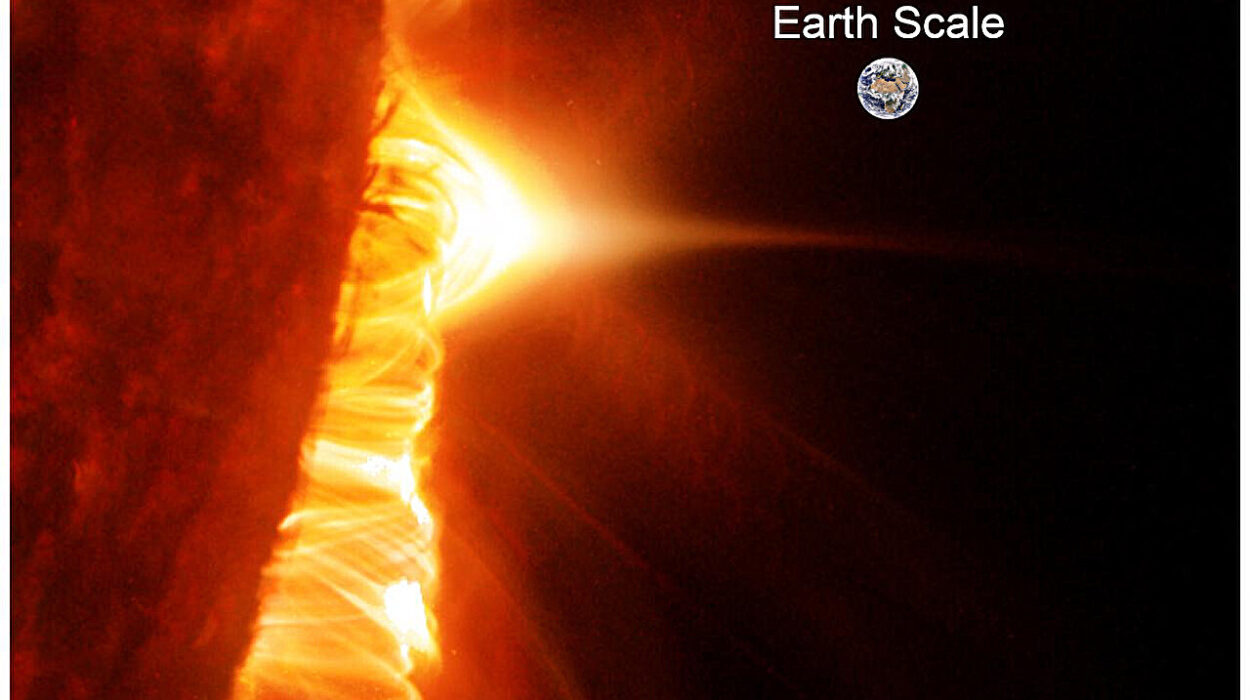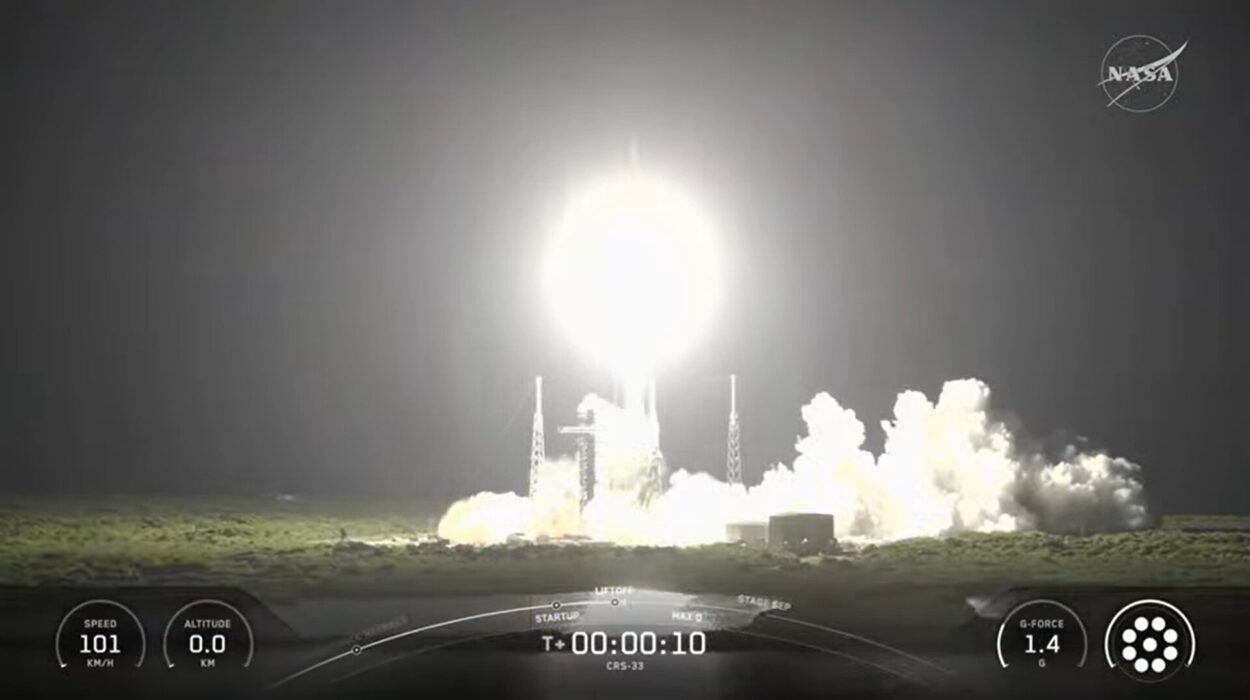Water, often thought of as a vital and grounding element on Earth, has a much broader and more mysterious existence in the universe. From the vastness of interstellar space to the atmosphere of distant planets, water exists in forms both familiar and strange, traversing light-years of space in the form of cosmic rain. Understanding how water travels through the cosmos not only reveals secrets about the origins of life but also opens windows into the intricate processes that shape the very fabric of the universe.
Water: The Cosmic Nomad
Water is, quite paradoxically, both rare and ubiquitous in the universe. On Earth, it’s a precious resource, the foundation for life, and a seemingly abundant part of our daily existence. Yet, when we turn our gaze outward to the stars and planets, we discover that water exists far beyond the Earth in various forms, from ice-covered moons in distant solar systems to the vapor swirling around the edges of massive galaxies. In space, water is a cosmic traveler, carried by the forces of the universe, weaving through nebulas, colliding with comets, and falling onto planets in the form of rain.
To truly understand how water moves through space, we must first explore where it comes from, how it forms, and the incredible forces that push it across the galaxy. The story of cosmic rain is one of both wonder and complexity, filled with awe-inspiring phenomena that continue to challenge our understanding of physics, chemistry, and the origins of life itself.
The Birth of Water in the Cosmos
Water is made up of two hydrogen atoms and one oxygen atom, a simple but essential compound. However, the journey of water in the universe begins not with liquid droplets, but with the formation of its basic components—hydrogen and oxygen—under the vast and inhospitable conditions of space. Hydrogen, the most abundant element in the universe, is formed in the hearts of stars, the very engines of cosmic creation. Oxygen, on the other hand, is forged in the death throes of massive stars, which explode in supernovae, scattering the heavier elements into space.
These two elements, hydrogen and oxygen, exist in abundance in molecular form throughout the universe, particularly in vast clouds of gas and dust known as molecular clouds. These clouds, which span light-years in size, are the birthplaces of stars and planetary systems. As these clouds condense and collapse under their own gravity, the pressure and temperature rise, setting the stage for the formation of water.
In the frigid temperatures of space, water can form in solid ice. This happens when the temperature of the gas in these molecular clouds drops below about 150 K (-123.15°C), causing hydrogen and oxygen molecules to combine into ice crystals. This ice can then become trapped in the dust grains that are scattered throughout these clouds, which can eventually form the building blocks of planets, moons, and comets.
The process of water formation in space is not only restricted to the dense, cold clouds of gas. In fact, water vapor can form even in warmer regions, especially in the environments around young, newly formed stars. As a star forms, it heats up the surrounding dust and gas, and some of that gas can interact with the surrounding environment to create water vapor. This water vapor can escape the confines of the forming star system and drift into the surrounding space.
Water in the Solar System
In our own solar system, water plays a critical role, especially when we consider the many bodies of ice scattered throughout the system. While Earth’s oceans and lakes are a prominent feature of our planet, other places in the solar system also contain significant amounts of water in various forms, and understanding how water moves through the solar system offers us a window into the processes that might have brought water to Earth in the first place.
Comets are perhaps the most famous cosmic rainmakers, as they travel through the solar system. Comets are icy bodies that originate from the outer edges of the solar system, in regions like the Kuiper Belt and Oort Cloud. These icy wanderers are composed of a mixture of water, carbon dioxide, methane, and other compounds, all trapped in a frozen shell. As a comet gets closer to the Sun, the heat causes the ice to vaporize, creating a coma, or a cloud of gas and dust, and a tail that streams behind it. This tail is made up primarily of water vapor, carried along with the comet as it moves across space.
Water also exists on many of the moons in our solar system, some of which may harbor oceans of liquid water beneath their icy crusts. Europa, one of Jupiter’s moons, is a prime example of this phenomenon. Europa’s surface is covered by a thick layer of ice, but beneath that ice, scientists believe there may be an ocean of liquid water kept warm by the moon’s internal heat. The same is true for Enceladus, a moon of Saturn, where geysers of water vapor shoot into space from the planet’s southern pole. These geysers are rich with water vapor, salt, and organic compounds, suggesting that Enceladus may be a place where life could potentially exist.
The outer planets themselves, such as Jupiter and Saturn, also contain large amounts of water in the form of ice, mostly in their atmospheres and moons. These icy bodies help create the sense of cosmic rain across the solar system, as water continually cycles through comets, moons, and planets in a dynamic and ever-evolving process.
Water Beyond the Solar System: The Interstellar Journey
While our solar system is a fascinating realm of water, the story of cosmic rain truly begins when we look beyond the confines of our neighborhood in space. Water has been discovered in molecular clouds, the birthplaces of stars, throughout the Milky Way galaxy and beyond. These clouds are not just cold, dark places; they are the very regions where stars and planetary systems are born. As stars form, the surrounding gas and dust interact, and water can form in solid and vaporized states.
Water has also been discovered in the interstellar medium, the vast emptiness between stars. This water exists in the form of ice crystals on dust grains, in molecular clouds, and in the form of vapor within larger structures like the galactic gas clouds. As these water-rich clouds move through space, they can be drawn into the gravitational pull of newly forming stars, contributing to the creation of planets and moons.
A particularly fascinating discovery is the presence of water vapor in distant star-forming regions. Using telescopes like the Herschel Space Observatory, scientists have detected water in the form of vapor around young stars. This water is often found in the protoplanetary disks surrounding these stars, the same regions where planets and moons form. These early water molecules could eventually contribute to the formation of oceans, seas, and lakes on new planets, much like how water arrived on Earth.
Water and the Search for Life
The connection between water and life is perhaps one of the most profound aspects of the cosmic rain story. Water is an essential ingredient for life as we know it, and its presence on other worlds has been a key focus in the search for extraterrestrial life. The discovery of water in various forms throughout the cosmos has sparked a renewed interest in astrobiology, the study of life beyond Earth.
The discovery of water on other planets and moons has led scientists to hypothesize that life could exist elsewhere in the universe, particularly in places where liquid water exists in stable forms. This search has led to some exciting findings. For example, scientists believe that Mars, in its distant past, may have had large bodies of water, possibly in the form of rivers, lakes, and even oceans. While Mars is currently a cold and dry world, evidence of ancient river valleys, dried-up lakes, and minerals that form in the presence of water suggests that liquid water once flowed on its surface.
Even further out, the search for water has focused on the moons of Jupiter and Saturn. As previously mentioned, moons like Europa, Enceladus, and Titan are prime candidates for harboring liquid water beneath their icy surfaces. If life could exist in these subsurface oceans, it would represent one of the most profound discoveries in the history of science.
The Future of Cosmic Rain
The journey of water through space is far from over. As our technology continues to advance, our ability to detect and study water in the universe will only grow. Missions like NASA’s James Webb Space Telescope, set to launch in the near future, will provide new insights into the water-rich regions of space, and new observations will continue to shape our understanding of how water travels across the cosmos.
Furthermore, as humanity looks to the stars with ambitions of space exploration and colonization, water will be an essential resource. Future missions to the Moon, Mars, and beyond will likely rely on finding and utilizing water on other worlds, either in the form of ice or in other forms such as water vapor. This will be crucial for the sustainability of human life in space, offering both a resource for drinking and agricultural needs, as well as a potential source of hydrogen for fuel.
The study of cosmic rain has already revealed a profound truth: water is not just an Earthly phenomenon. It is a universal constant, a cosmic traveler that shapes planets, fuels life, and connects the very beginning of the universe with its future. Understanding how water travels through space helps us not only understand the universe’s past but also glimpse into its future, where life might arise from the rain of the cosmos.
In this endless expanse of space, water is not merely a substance; it is the harbinger of possibility, a symbol of life that transcends the boundaries of planets and stars. The cosmic journey of water continues, and as we continue to peer into the vastness of the universe, we may one day find that it is not just our Earth that is touched by the rain of water, but countless other worlds, waiting to be discovered.






